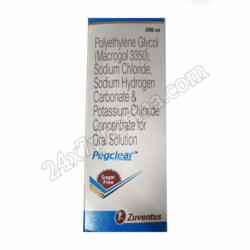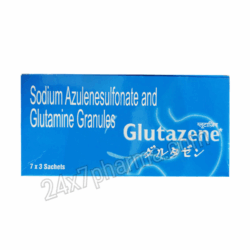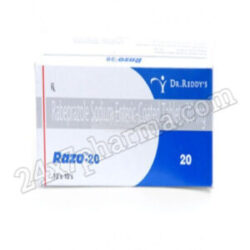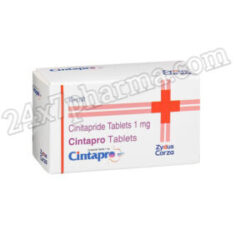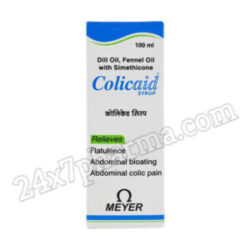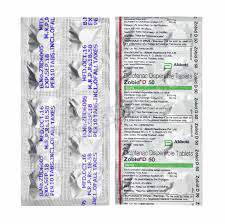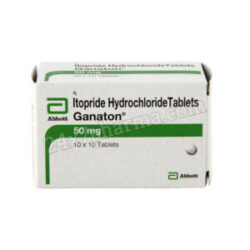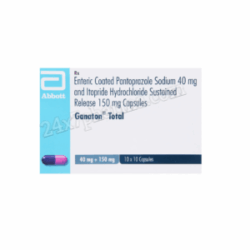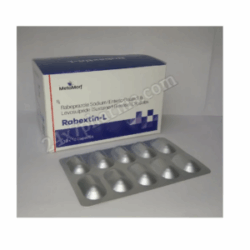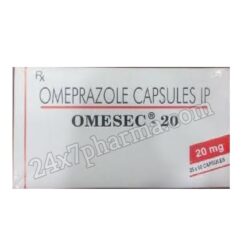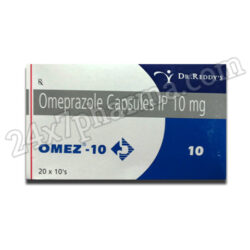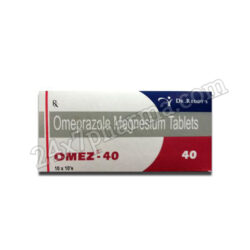Gastrointestinal Motility Disorder
Showing 1–16 of 50 resultsSorted by latest
Pegclear Sugar Free Oral Solution 200ml
Original price was: $19.$16Current price is: $16.Glutazene Sachet 3×0.67gm
Original price was: $7.$6Current price is: $6.Razo 20mg Tablet 30’s
Original price was: $27.$23Current price is: $23.Abirab LSR Capsule 20’s
Original price was: $19.$15Current price is: $15.Izra 40mg Tablet 30’s
Original price was: $13.$11Current price is: $11.Cintapro 1mg Tablet 30’S
Original price was: $24.$20Current price is: $20.Biofree Capsule 30’s
Original price was: $16.$13Current price is: $13.Perinorm CD 15mg Capsule 30’S
Original price was: $16.$13Current price is: $13.Colicaid Syrup 100ml
Original price was: $11.$9Current price is: $9.Zobid D 25mg Tablet 30’s
Original price was: $7.$6Current price is: $6.Ganaton 50mg Tablet 30’S
Original price was: $26.$21Current price is: $21.Ganaton Total Capsule 10’S
Original price was: $22.$18Current price is: $18.RABEXTIN L Capsule 20’s
Original price was: $20.$17Current price is: $17.Omesec 20mg Capsule 30’s
Original price was: $7.$6Current price is: $6.Omez 10 mg Capsule 30’s
Original price was: $7.$6Current price is: $6.Omez 40mg Tablet 30’s
Original price was: $17.$15Current price is: $15.The illness known as gastrointestinal motility disorder, or GIMD, affects how food and drink move through the digestive tract. This may result in symptoms including bloating, stomach discomfort, diarrhea, and constipation.
Malnutrition and weight loss can also result from GIMD in extreme circumstances. Although there is no known therapy for GIMD, there are ways to decrease the symptoms and enhance the quality of life.
Causes Gastrointestinal Motility Disorder
Although the precise etiology of GIMD is unknown, it is believed to be connected to issues with the nerves or smooth muscles of the digestive tract. Upper GI motility disorders and lower GI motility disorders are the two basic groups into which GIMD may be divided.
Conditions like gastroparesis (delayed stomach emptying) and pseudo-obstruction are examples of upper GI motility problems ( obstruction without any blockage). Irritable bowel syndrome (IBS), constipation, and diarrhea are examples of lower GI motility problems.
Symptoms Gastrointestinal Motility Disorder
Abdominal discomfort is the most typical GIMD symptom. Bloating, constipation, diarrhea, nausea, and vomiting are possible additional symptoms. The intensity of these symptoms might range from minor to severe.
While some GIMD sufferers may only have sporadic symptoms, others may experience chronic (ongoing) problems that limit their ability to go about their everyday lives.
Treatment
Although GIMD cannot be cured, there are therapies that can help manage the symptoms and enhance the quality of life. The severity of the ailment and the patient’s symptoms will determine the type of treatment. Changes in nutrition, lifestyle, and medicine are all possible forms of treatment. A combination of these therapies may be necessary for certain GIMD patients.

